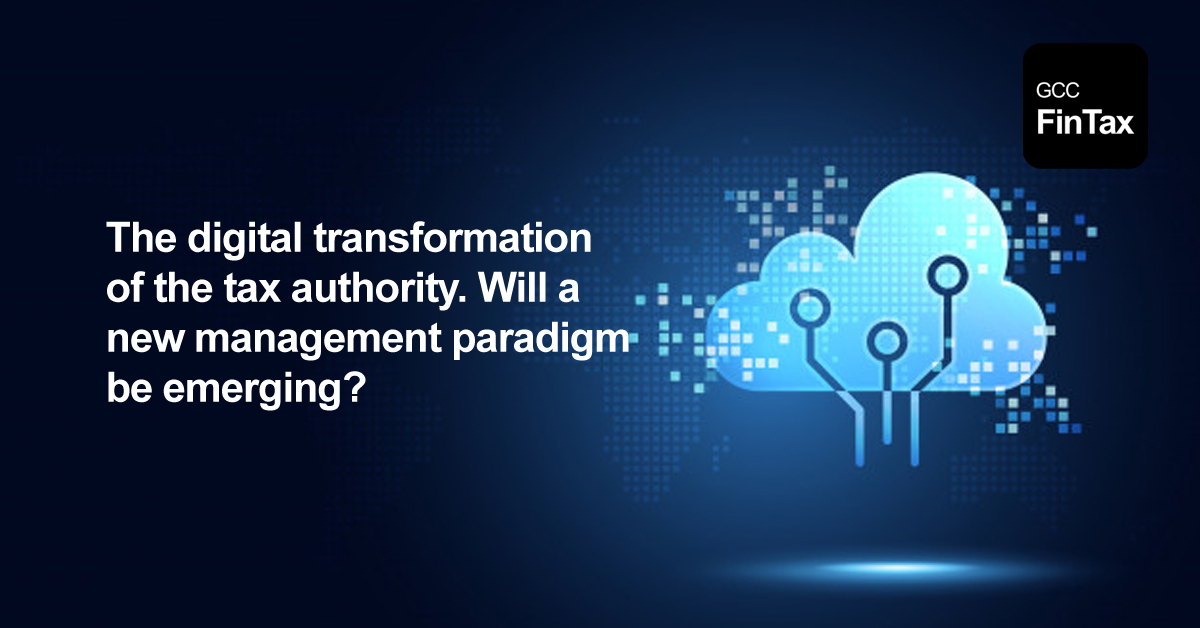
Recently, the Tax Administration Forum released a rather fascinating paper entitled "Tax Administration 3.0, the Digital Transformation Trail"[1], which encourages one to reconsider a few different tax administration (TA) models that transcend the existing strategy sponsored by voluntary enforcement.
This is due to the very fact that the new model has some drawbacks for taxpayers, taking into account enforcement costs[2] and even for TAs themselves with high operating costs. For this purpose, the goal of this document is to discuss most facets of the document and then formulate a variety of personal opinions, encouraging readers, as always, to vote on them.
The proposed model, called Tax Administration 3.0 (TA 3.0), has as its core feature: TA procedures are gradually compatible with the technologies used by taxpayers to maintain their activities, which will allow the outsourcing of certain facets of TA and ultimately result in substantial reductions in both enforcement and administration costs.
It has also been argued that the current AT 3.0 model has the ability to boost enforcement in a growing range of areas, as it aims to put tax closer to taxable activities and thereby dramatically decrease compliance costs.
1. Integrated into processes used by taxpayers: paying taxes would become a better process over time, as far as possible integrated into lifestyle and business practices. Tax administrations and personal sector organisations will gradually work together to build new and joint offerings, add value to taxpayers, reduce administrative burdens, and Ensure secure, clear and highly accurate performance.
2. The TAs would not be the only point of information processing and tax assessment. Such automated systems will collect taxes and pass fees rather than records, while others will classify taxpayers and exchange the results and related tax information rather than all transaction data. Public and specific players are similar to collective government models. In the end, the government bodies track and Ensure the consistency, strength and durability of operations and performance.
3. Tax certainty is given when working in real time. More and more AT operations will be in real time to synchronize with company transactions. The methods and algorithms of AI (AI) will increasingly help decision-making.
4. Taxpayers will have the right to check and appeal taxes that have been determined, charged and due in real time. It will be clear which rules are applicable to which data, representing facts and circumstances. This may encourage taxpayers to challenge both automatic and human judgments.
5. People and companies may check the origin and authenticity of the information used and may grant or refuse access to private data sources that are not needed for tax purposes.
6. Taxation is gradually related to other government programs and roles, including those of personal actors, using traditional models of engagement with people and businesses. Digital identities can support a seamless connection between processes
and data sources.
7. A tax-centered perspective would be the focal point from which TA systems are organized and regulated.
8. The main success factor is the intertwining of human resources and specialized technical capabilities and decision-making support methods such as AI. Chapter 4 of the paper describes six main pillars of the longer term TA 3.0:
9. Digital identities to enable the safe and unique recognition of taxpayers and people alike, helping to reduce enforcement costs. Points of communication with taxpayers: encouraging the involvement of taxpayers in TA procedures where possible (e.g. by access to real-time support), constantly finding ways to place such points of contact within the structures used by taxpayers, albeit in a more streamlined manner.
10. Data processing and standards: they call for options as to where the information is stored for the different tax functions (within the TA, within the applications used by taxpayers or both) and thus the accuracy, availability and monitoring criteria for the related data.
11. Management and implementation of tax laws: tax regulations in manageable and verifiable forms, encouraging stakeholders to incorporate tax rules into their own structures.
12. New capabilities that would be required for the digitally revamped TA event andservice, with less human intervention and expanded assistance from AI processes.
13. Governance frameworks: guide case, execution and connectivity of the opposite basic components, both within the context of the TA and in collaboration with other players, both at national and international level.
The goal of the discussion paper is not, of course, to imply that this is always the only possible outcome or that TA is completely automated in the future. Instead, it is meant to encourage a discussion on the easiest, by engaging together, inside and beyond the doors of the TAs, on the basic components of the new method of managing taxation, more precisely associated with the structures used by the taxpayers.
At last,
I recognize that the digital change processes of governments must place people at the forefront of their decisions to make it easier to automate taxation, minimize enforcement costs for taxpayers and thus the costs of operating the legal system.
It seems to me to be a completely creative idea that the structures of tax administration should be tailored to those used by taxpayers, thereby aiming to minimize enforcement and administrative costs.
Disclaimer: Content posted is for informational & knowledge sharing purposes only, and is not intended to be a substitute for professional advice related to tax, finance or accounting. The view/interpretation of the publisher is based on the available Law, guidelines and information. Each reader should take due professional care before you act after reading the contents of that article/post. No warranty whatsoever is made that any of the articles are accurate and is not intended to provide, and should not be relied on for tax or accounting advice.
You can access Law including Guidelines, Cabinet & FTA Decisions, Public Clarifications, Forms, Business Bulletins for all taxes (Vat, Excise, Customs, Corporate Tax, Transfer Pricing) for all GCC Countries in the Law Section of GCC FinTax